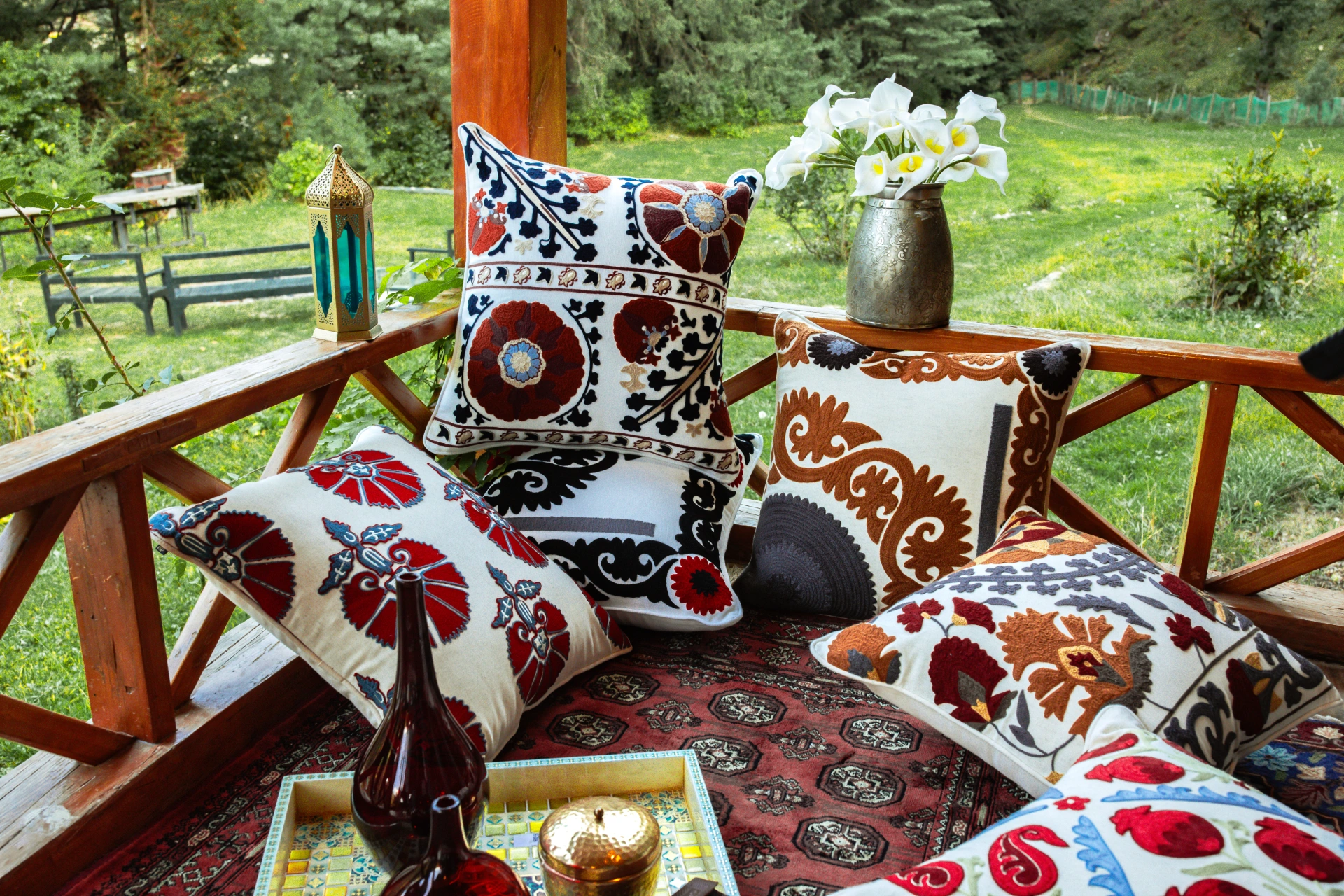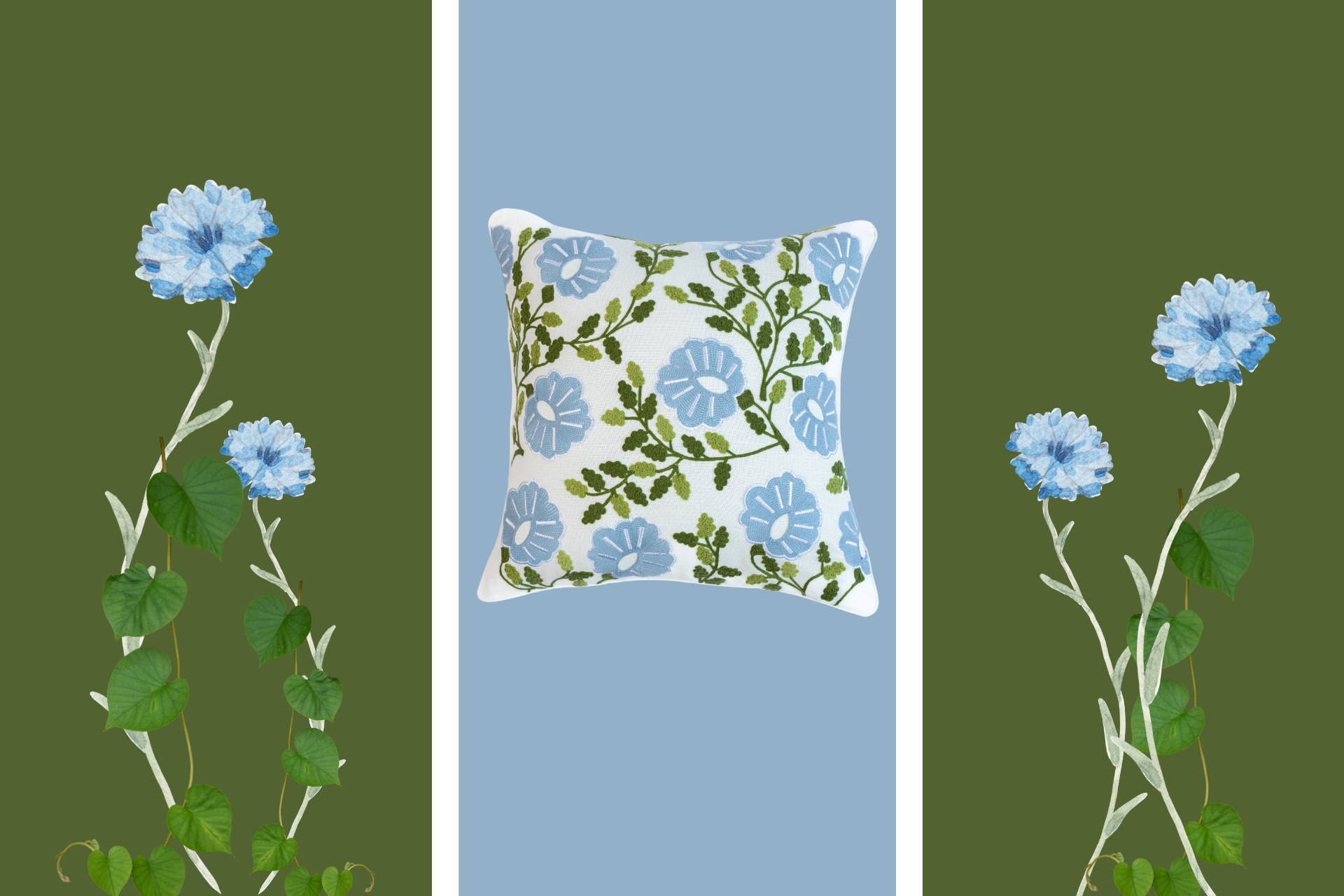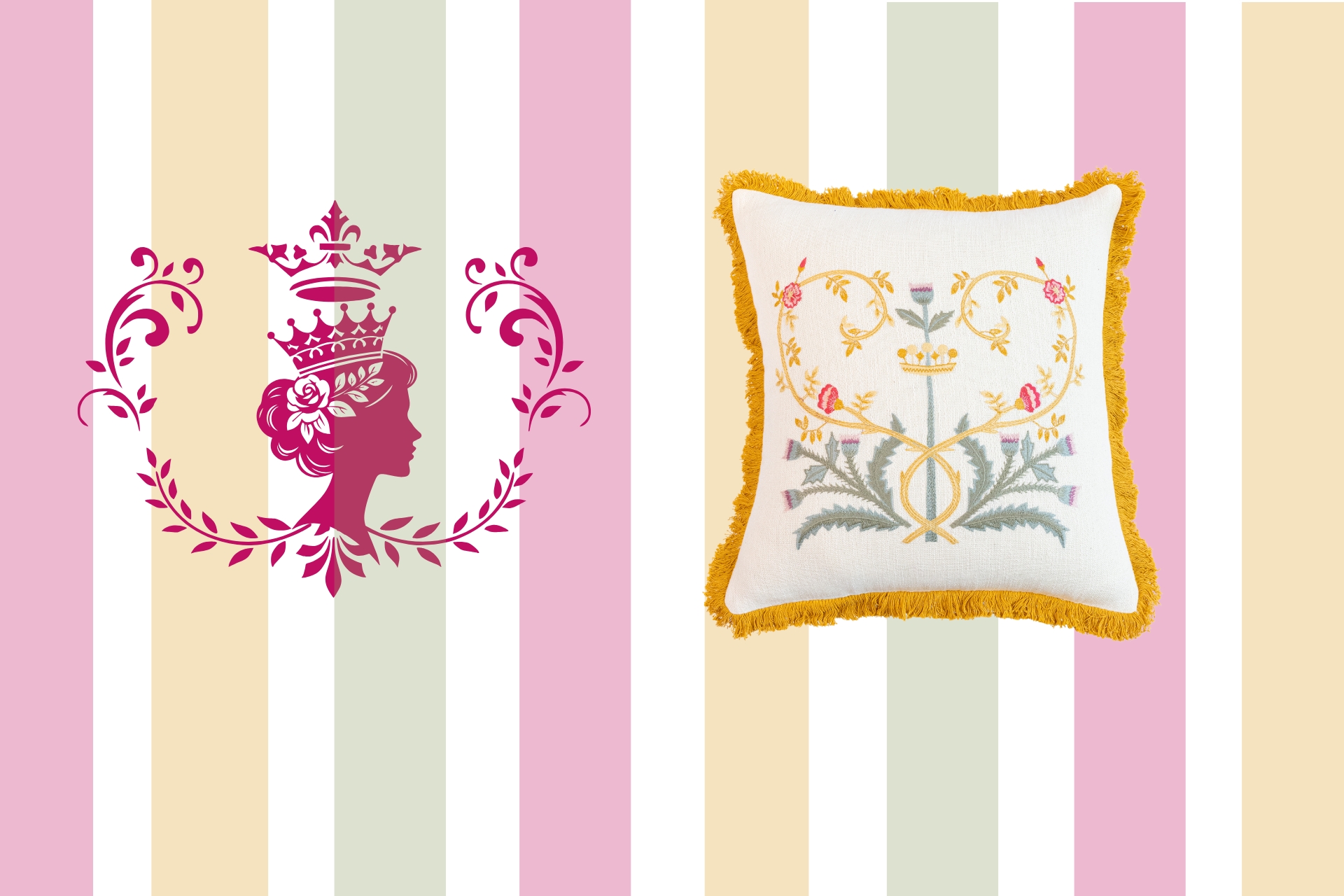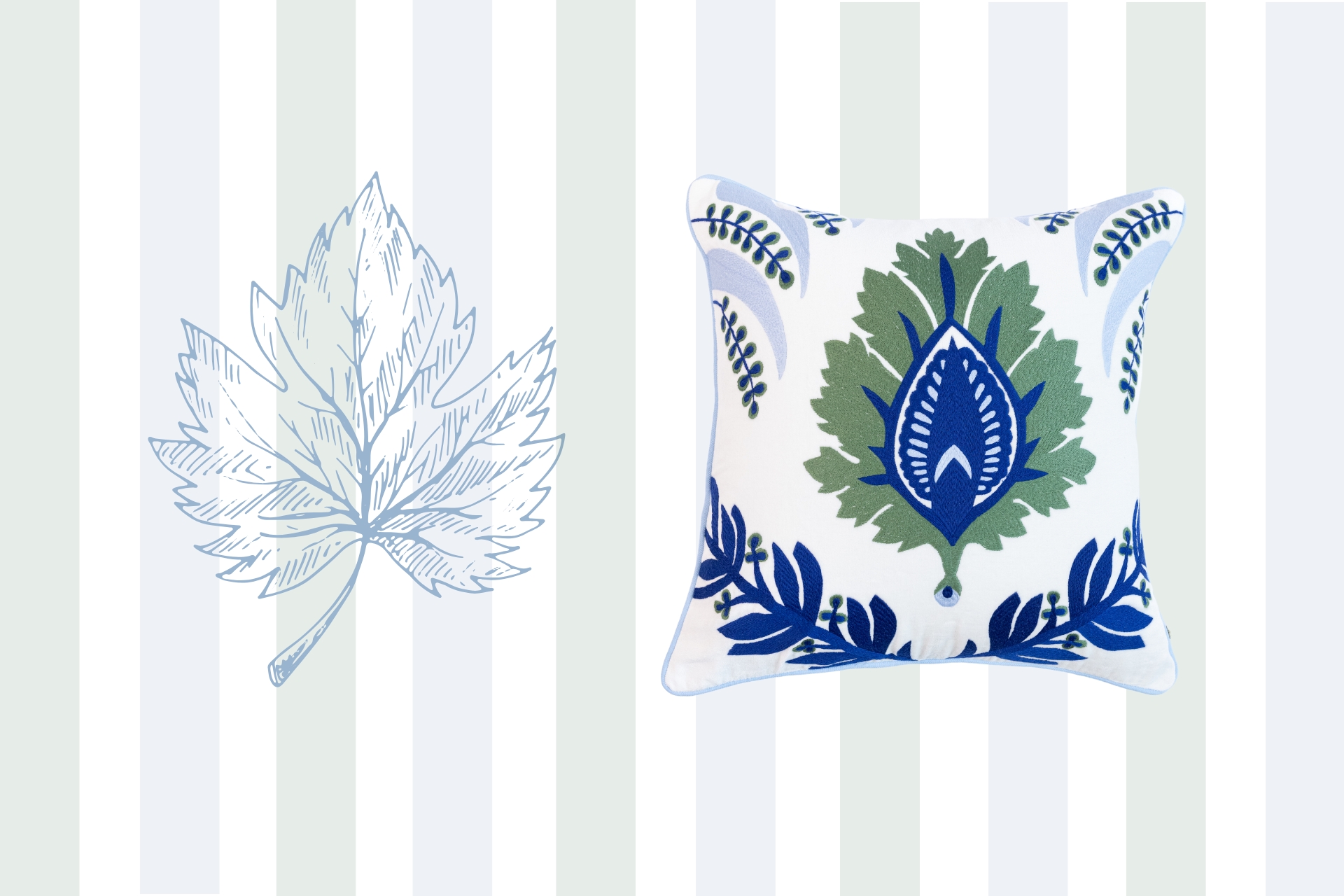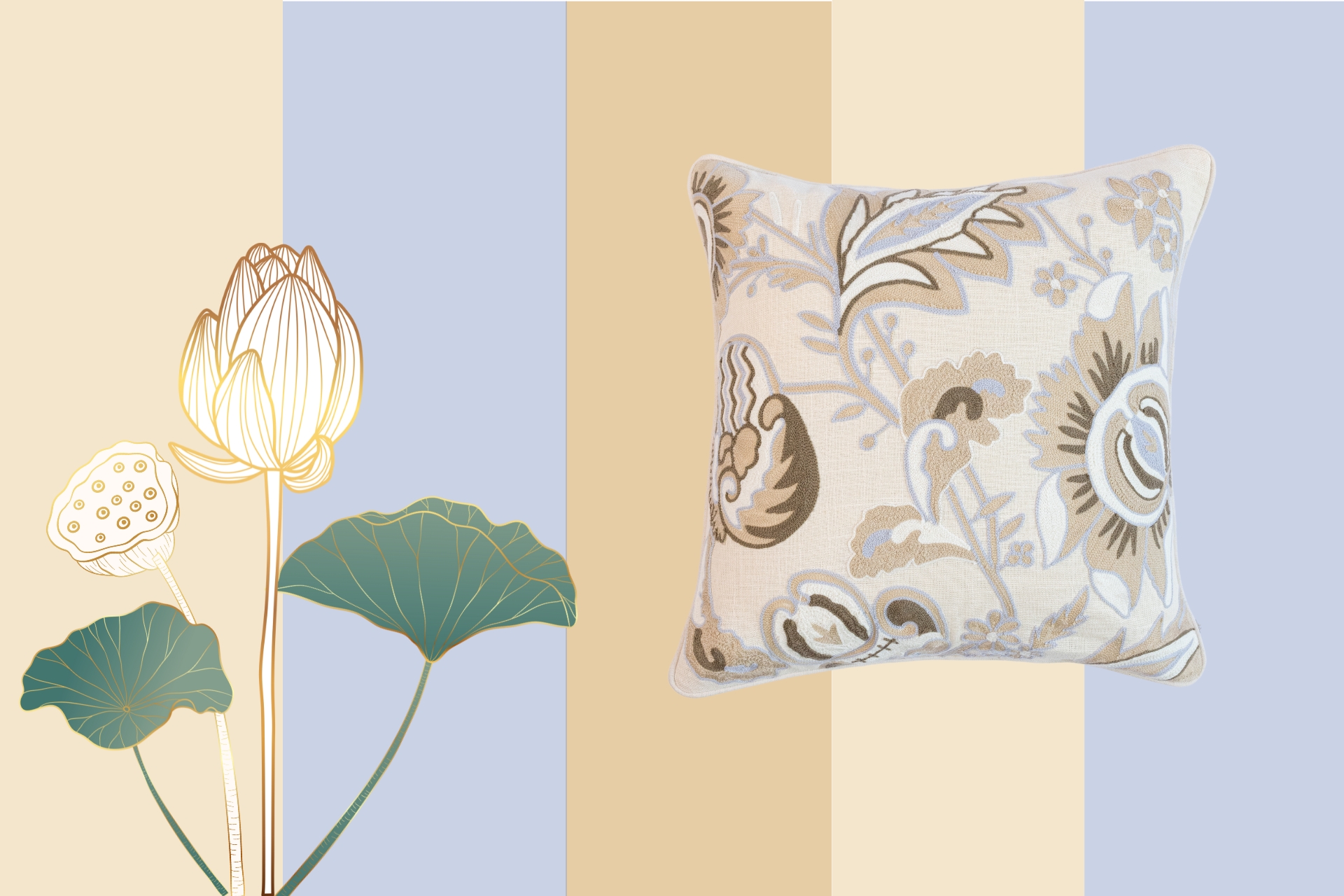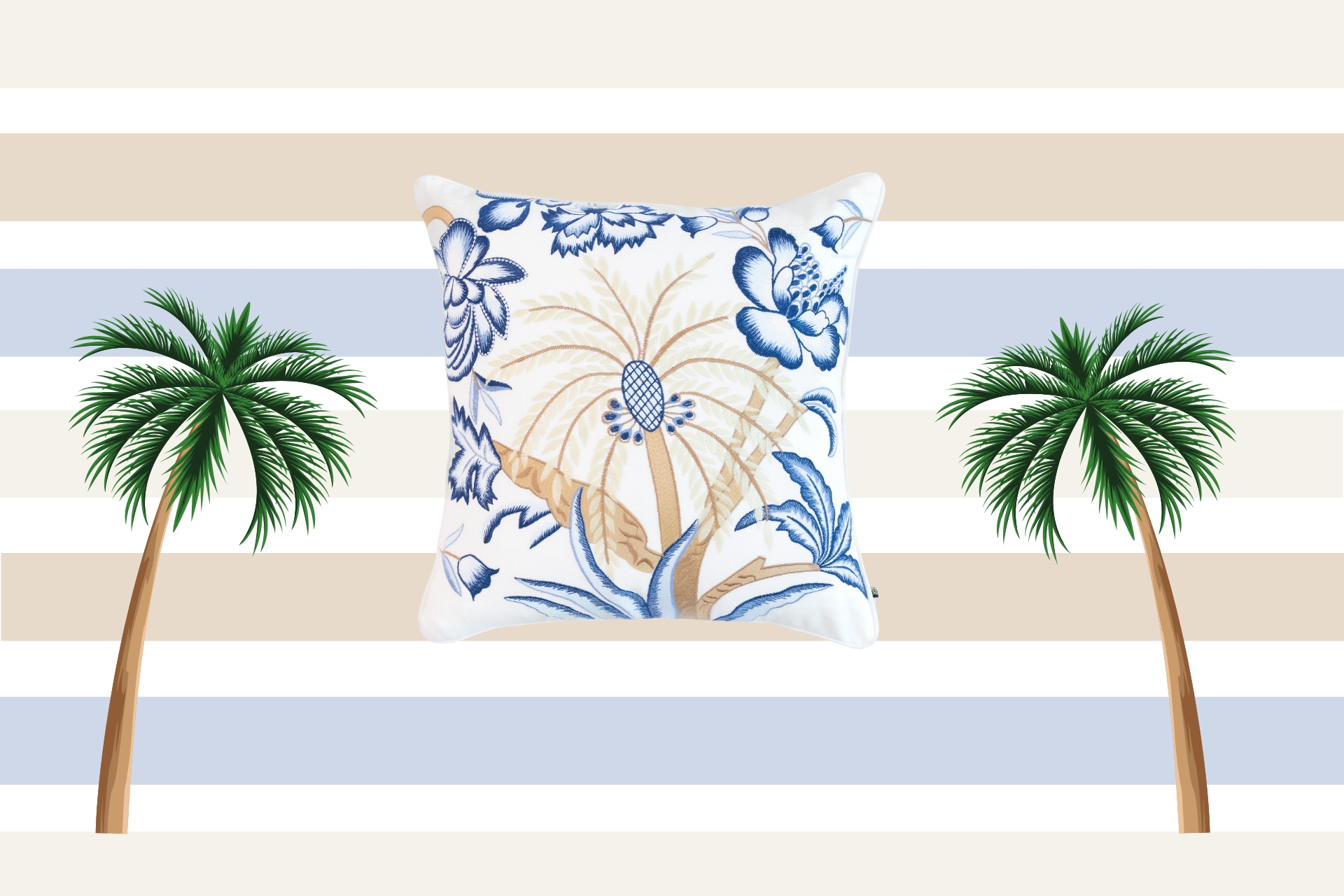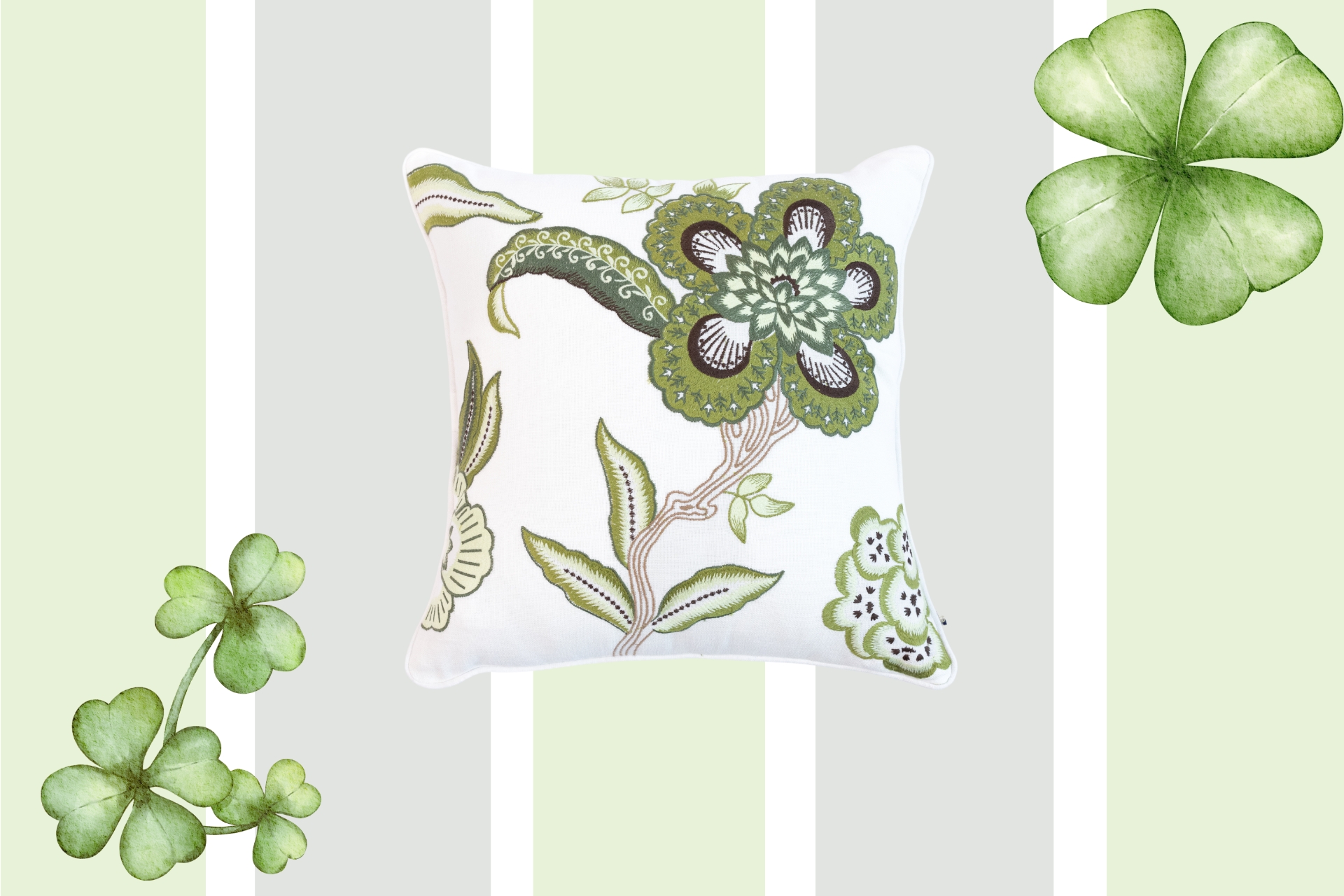Suzani embroidery is an ancient art form that originated in Central Asia, specifically in modern-day Uzbekistan, Tajikistan, and Kazakhstan. This traditional embroidery technique has been passed down through generations, with each piece telling a story of the region’s rich cultural heritage.
Suzani art has its roots in the ancient trade routes of the Silk Road, where Central Asian artisans would embellish fabrics with intricate embroidery. Over time, Suzani art evolved into a unique and distinctive style, characterized by its vibrant colours, intricate patterns, and symbolic motifs.
Etymology of Suzani:
The word “Suzani” has a fascinating etymology. It is derived from the Persian word “suzan,” which means “needle.” This etymological connection highlights the significance of needlework in Suzani art. The term “Suzani” is not only a reference to the art form itself but also a nod to the humble needle which is used to create these intricate and beautiful works of art.
Historical Origin:
Suzani art has a rich and storied history that dates back to the 15th century. During this time, Suzani embroidery was used to adorn a wide range of textiles, including clothing, home furnishings, and other fabrics. The art form was highly prized for its beauty, intricacy, and symbolic significance. The embroidery was used to decorate everything from royal garments to humble household items, and its beauty and craftsmanship were renowned throughout the region. Over time, Suzani art evolved and spread throughout Central Asia, with different regions developing their own unique styles and techniques. Despite these regional variations, Suzani art remained a beloved and integral part of Central Asian culture, symbolizing hospitality, generosity, and community. Today, the said artform continues to thrive, with artisans and craftspeople around the world working to preserve and promote this ancient and beautiful art form. There has been a growing interest in preserving and reviving traditional Suzani art in recent years. Efforts are being made to document and record the techniques and patterns used in Suzani embroidery and support and promote local artisans’ work.
Characteristics of Suzani Art:
Suzani embroidery is characterized by its vibrant colours, intricate patterns, and symbolic motifs. The embroidery is typically done on silk or cotton fabric using a variety of stitches, including the running stitch, satin stitch, and chain stitch. This art is rich in symbolism, with each motif and pattern carrying a specific meaning. Some common symbols include:
- Pomegranates: Represent fertility and abundance
- Flowers: Symbolize love, beauty, and growth
- Leaves: Represent nature and the cycles of life
- Birds: Symbolize freedom, joy, and spiritual growth.
Techniques and materials used in suzani art: Suzani embroidery is a labour-intensive process that requires great skill and patience. The techniques and materials used in Suzani art include:
- Fabric: Silk or cotton fabric is typically used as the base material
- Thread: Cotton or silk thread is used for embroidery
- Needles: Specialized needles with large eyes are used.
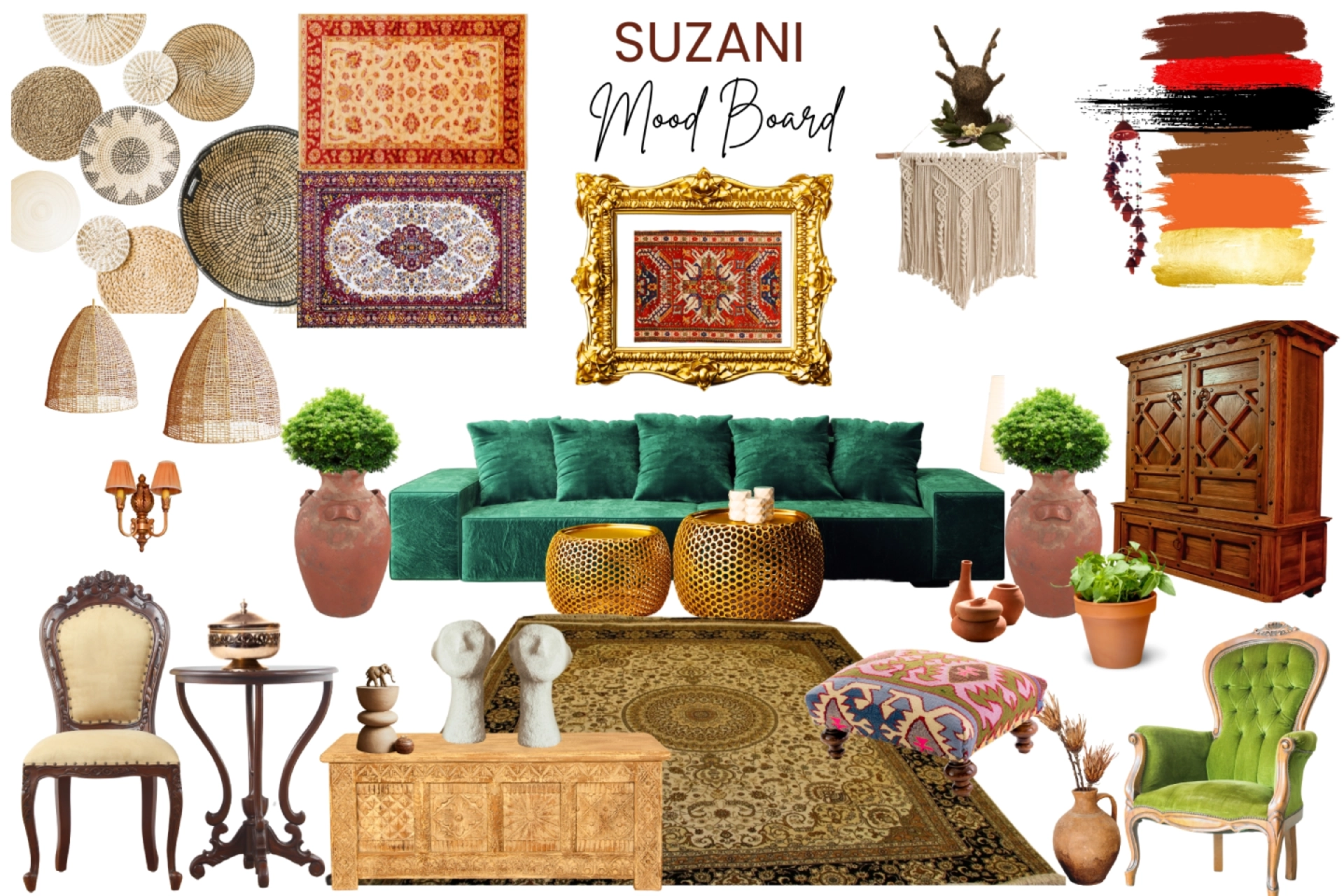
What type of interior styling best complements the Suzani embroidery art form:
Whether it’s a Suzani wall tapestry, cushion cover, table runner, or bed spreader, this vibrant and timeless art form seamlessly blends with minimalist design themes as well as with maximalist décor. Pair it with elegant carpets, coloured couches, bold metal accents, natural to rustic wood finish table accents and chairs, or with large terracotta pots and planters to enhance its beauty and bring any space to life.
Authentic handcrafted Suzani from Central Asia is a true treasure, often commanding a premium price due to its heritage and craftsmanship. However, Suzani has grown into a globally celebrated art form, inspiring local artisans in India to incorporate Suzani-inspired designs into their creations. The pricing of each piece varies significantly based on factors such as fabric quality, aesthetic appeal, and the finesse of the embroidery. At Beyond Basic, we are proud to reinterpret this iconic art form with our exclusive range of hand-embroidered cushion covers, fusing Suzani’s essence with Indian artistry. Our selective range of Suzani cushion covers showcases an assortment of vibrant yet earthy colours which are further infused with an Indian essence into the Suzani design language, featuring abstract, geometrical patterns, large medallions, delicately stylized flowers, intricately serrated leaves, and iconic paisley motifs. What sets Beyond Basic cushion covers apart is not just their premium fabric and impeccable stitching, but the seamless fusion of Kashmiri crewel and aari embroidery techniques with Suzani-inspired design patterns.
Conclusion: Suzani embroidery is more than just a decorative art form; it is a celebration of cultural heritage, craftsmanship, and timeless beauty. Whether used to enhance minimalist interiors or add depth to maximalist spaces, Suzani effortlessly bridges the gap between tradition and modernity. By preserving traditional techniques and infusing them with contemporary design sensibilities, at Beyond Basic we aim to bring the rich legacy of Suzani into homes across the world, creating spaces that resonate with elegance, culture, and soul.
Transform your living spaces with this stunning Suzani embroidered cushion covers, inspired by the timeless crewel embroidery designs and rich Kashmiri embroidery traditions, our piece reflects the beauty of Kashmiri home decor with its intricate patterns and complex textures. Handcrafted by skilled artisans, our hand-embroidered cushion covers are the perfect choice for adding cultural charm and elegance to modern or traditional interiors.

